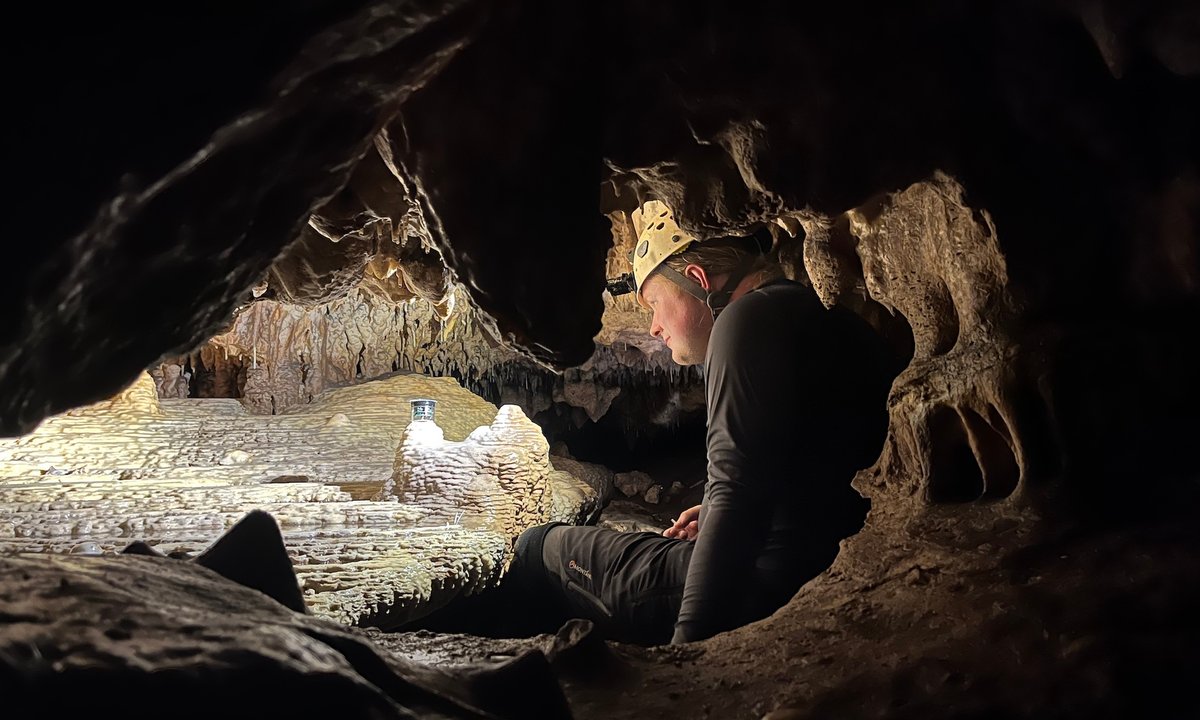
"The rainfall levels revealed that the ancient population suffered through repeated periods of severe drought during what should have been wet seasons."
"Our new high-resolution record refines and quantifies these earlier findings and helps prove that drought was a part of the complex sociopolitical decline."
A 13-year drought significantly influenced the decline of ancient Maya civilization between 800 and 1000. Researchers analyzed a stalagmite in a Mexican cave, uncovering climate data from 871 to 1021. This study showed consistent patterns of severe drought during typically wet seasons, providing high-resolution climate records. Previous theories about the Maya collapse included factors like trade route changes, war, and disease. New findings support the idea that drought was a critical element in the sociopolitical decline of the Maya society, essential for understanding their collapse.
Read at The Art Newspaper - International art news and events
Unable to calculate read time
Collection
[
|
...
]